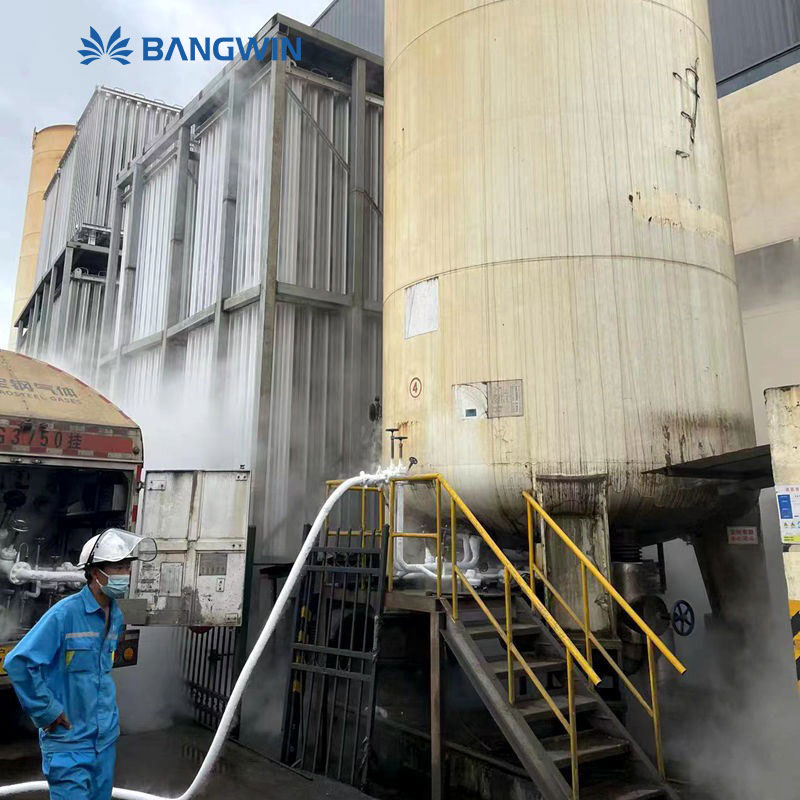-
WhatsApp / Mob : +8618936889762
-
Email : gaoyuu@njbangwin.com
WhatsApp / Mob : +8618936889762
Email : gaoyuu@njbangwin.com
Categories
Latest blog
Tags
What is ASU in Process Engineering?
Jul 12 , 2024In process engineering, an Air Separation Unit (ASU) is a vital component used to separate atmospheric air into its primary constituents: nitrogen, oxygen, and argon. This separation is achieved through cryogenic distillation or pressure swing adsorption (PSA) methods. Each of these methods has distinct advantages depending on the scale and purity requirements of the gases being produced.
1. Cryogenic Distillation:
Process: Air is compressed and cooled to cryogenic temperatures to liquefy its components. The different boiling points of nitrogen, oxygen, and argon allow these gases to be separated through distillation.
Applications: This method is ideal for large-scale production due to its efficiency in producing high-purity gases.
Pressure Swing Adsorption (PSA):
Modern advancements in ASU technology focus on increasing efficiency and sustainability. These include reducing energy consumption, minimizing carbon emissions, and integrating advanced control systems. Innovations are driven by the need to meet stringent environmental regulations and reduce operational costs.
Nanjing Bangwin Gas Equipment Co., Ltd. specializes in the research, development, design, and manufacturing of industrial gas separation equipment, including ASUs. With over 21 years of experience, Bangwin has successfully delivered more than 600 projects worldwide. Their products are used in various industries, including healthcare, metallurgy, and chemical manufacturing, providing high-purity gases essential for diverse industrial processes. Bangwin's commitment to innovation and customer-centric solutions has established it as a leader in the gas separation industry (Bangwingas) (Bangwingas) (Bangwingas).
In summary, ASUs are critical in process engineering for producing essential industrial gases. Their role in various industries underscores the importance of ongoing technological advancements to improve efficiency, sustainability, and operational effectiveness.

